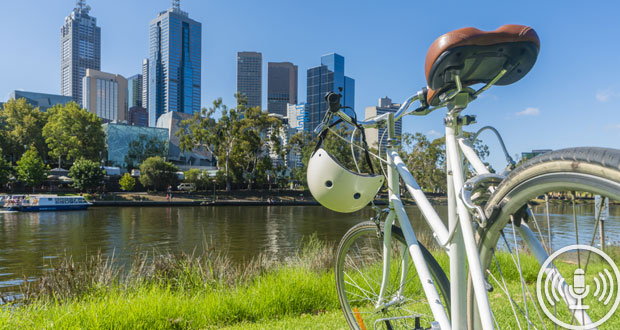Substantial and sustained health benefits can be achieved for urban populations if policymakers adopt different approaches to transport and city planning, a team of Australian and international researchers has argued.
Air pollution, physical inactivity, noise, social isolation, unhealthy diets and exposure to crime all play key roles in determining the non-communicable disease burden, the authors of a three-paper series, published in the journal The Lancet, said.
The University of Melbourne led the series, which features authors from global academic institutions and compares Melbourne, London, Boston, Delhi, Sao Paulo and Copenhagen.
The team explored the health gains that could be achieved if cities encouraged a shift from private motor vehicle use to active transport, such as bicycling and walking, and increased public transport use.
The first paper, led by professor Billie Giles-Corti, director of the McCaughey VicHealth Community Wellbeing Unit within the Melbourne School of Global and Population Health, identifies eight interventions that, when combined, the authors believe will encourage walking, cycling and public transport use, while reducing private motor vehicle use.
The list includes interventions like designing pedestrian-friendly and cycling-friendly movement networks, reducing distance to public transport and making active travel modes more desirable.
The second paper explores the potential health benefits of compact cities, in which land-use density and diversity are increased and distances to public transport are reduced, while the last delves into the use of science to guide city planning policy and practice.
Series lead professor Mark Stevenson, an epidemiologist and professor of urban transport and public health at the University of Melbourne, said the research has considerable implications for policy change.
“By quantifying the need for integrated city planning and its focus around modal choice for cities, it emphasises the need for sustainable transport that will deliver health gains for the future,” Stevenson said.
Changing the way cities are planned, built and managed will require bipartisan political leadership and community engagement, the authors said.
Do you have an idea for a story?Email [email protected]
 Aged Care Insite Australia's number one aged care news source
Aged Care Insite Australia's number one aged care news source

